In every activist movement since the beginning of recorded history, leaders have had to recruit followers to join their movement. In the 1960’s civil rights movement, this strategy led Dr. Martin Luther King Jr. to the basketball court.
Hoops, Hopes & Dreams, a short documentary directed and produced byGlenn Kaino, premiered at the 2025 Sundance Film Festival and tells the untold story about how King and fellow Civil Rights activists took to basketball courts to rally young voters while winning the hearts of communities and how Obama used the same strategy during his successful 2008 Presidential Run.
The story is largely told through the recollection of Ambassador Andrew Young, Civil Rights activist, and self described “point guard” for MLK both “on the court and throughout the civil rights movement.”
Young explained how King and other Civil Rights leaders knew that it was important to recruit young black men into the movement if they were to gain traction with the younger demographic, stating, “we went to where the kids were- they were on the basketball court. We used to ask if we could take the winner.”
Despite only being 5/7”, Young says that King seemed to be at home on the basketball court, even in his “floor shine shoes.”
Young explained that King was a strategist- and that through basketball, he was able to earn the kids’ respect and teach them about the movement.
Jemele Hill, journalist, further elaborates in the documentary, describing how King “used basketball not just as a way to relate, but to invite people into a movement that was life-changing.”
The documentary draws parallels between King’s outreach through basketball and Barack Obama’s engagement strategy of playing basketball (Michael Strautmanis, Advisor to President Obama & EVP of Obama Foundation, describes how Obama used to play with different groups throughout his campaign including community members, police officers, firefighters, etc.
Hall of Fame former NBA player Jerry West described how basketball advanced the Civil Rights movement beyond the neighborhood courts and at the highest level of the sport, describing how playing basketball at West Virginia and in the NBA opened his eyes to the indignities that some of his black teammates had faced. West (who is white), calls basketball is “the greatest sport to unify people of all colors, all races, both male and female.”
This is a sentiment echoed by Hill, who summarizes the intersection of basketball and activist efforts by suggesting that “sports has a unique capability of seeing problems differently in society” and citing basketball as a particularly strong example as the sport requires “teamwork and togetherness- all these unifying elements that make it the perfect fixture for a movement.”
More information about the documentary can be found online at https://festival.sundance.org/program/film/6756552bfefa321a18018624.
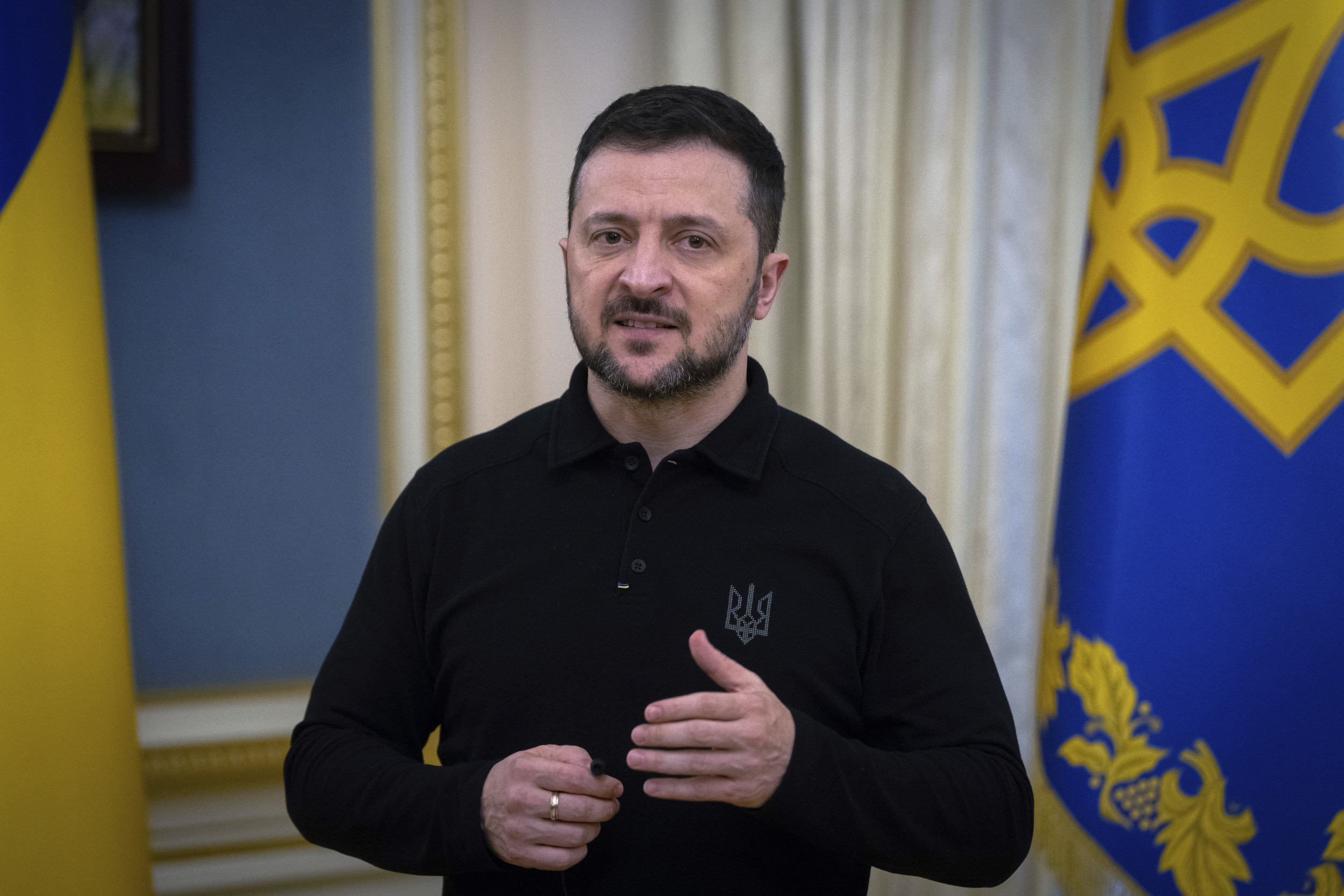



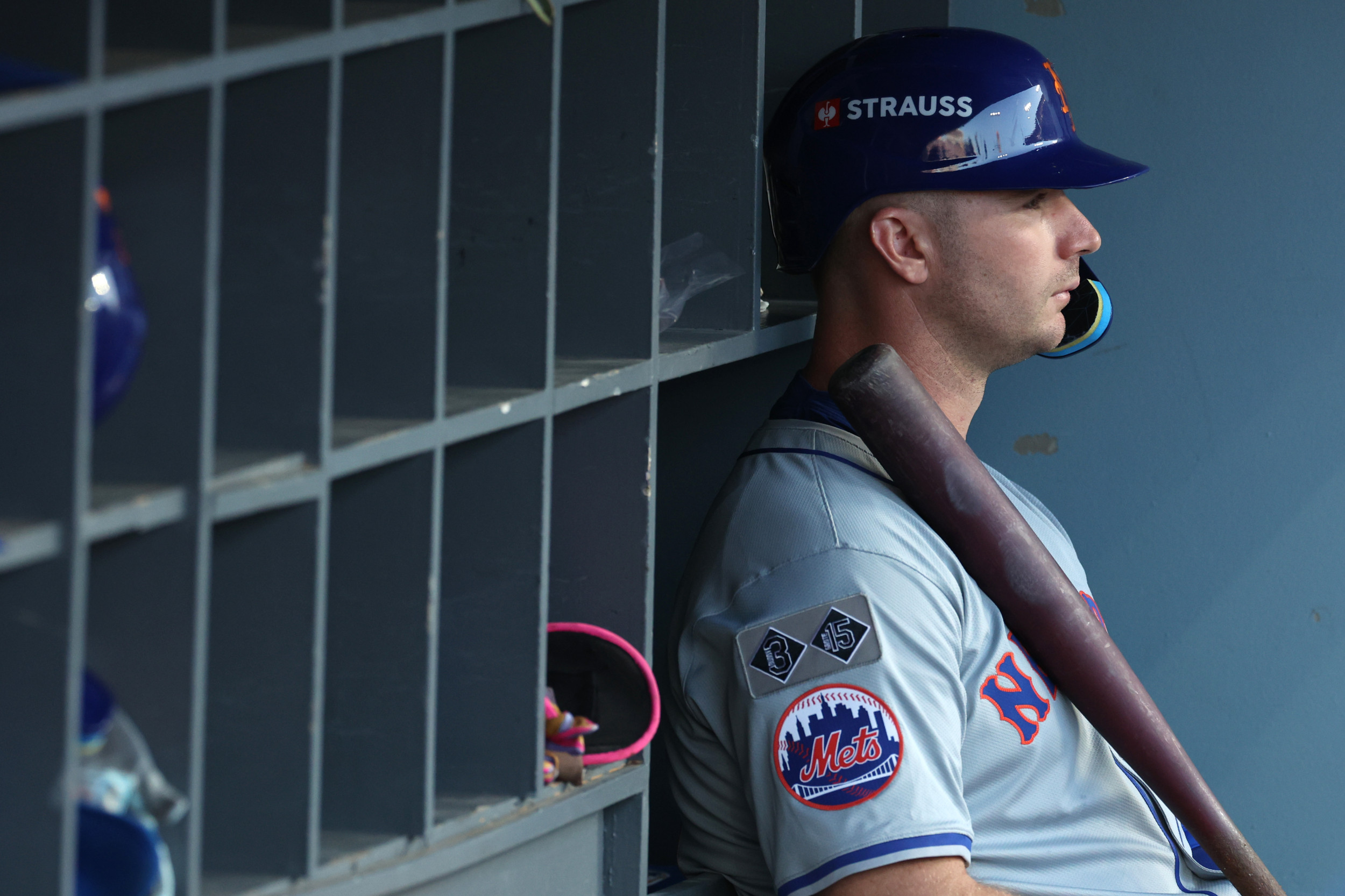

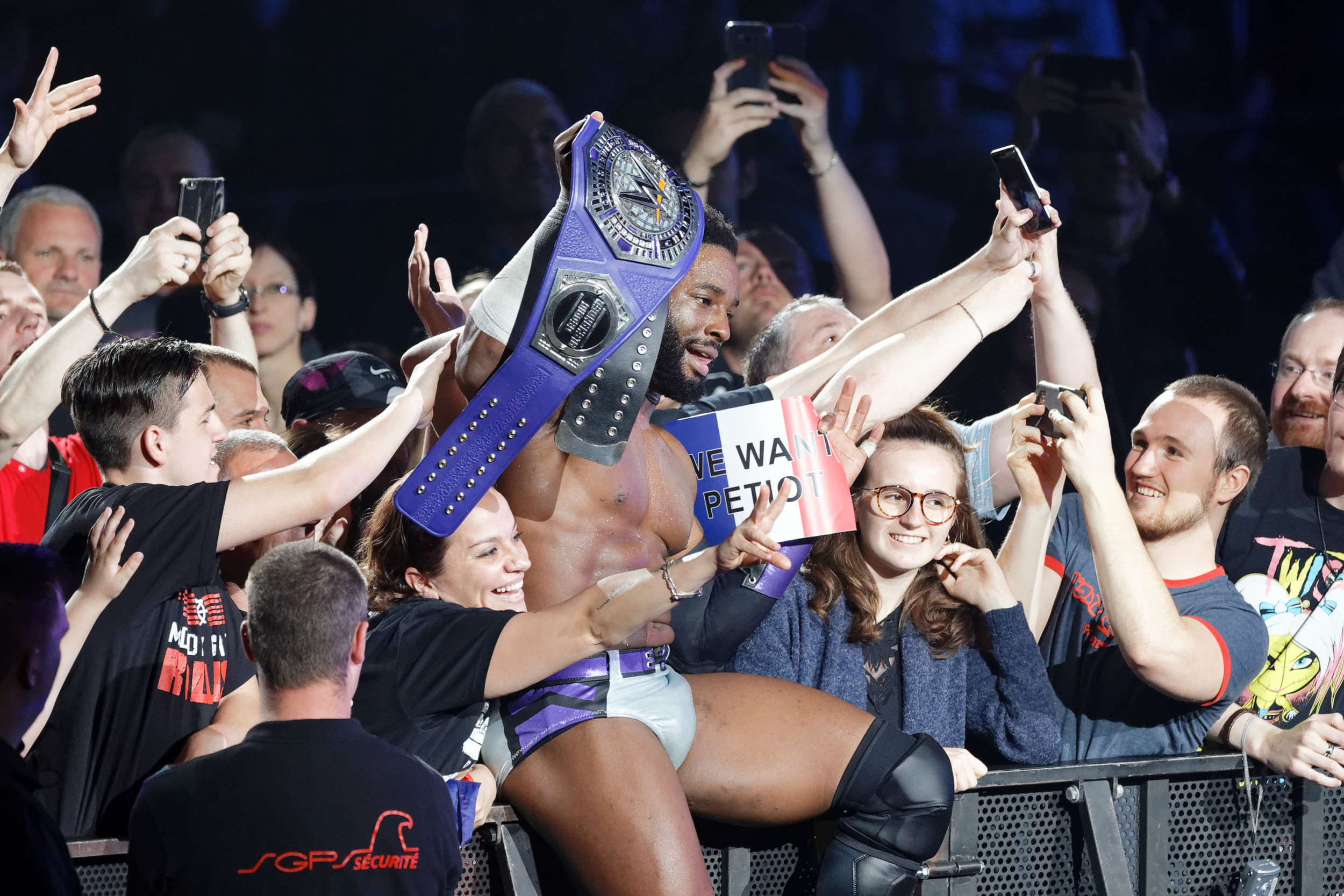
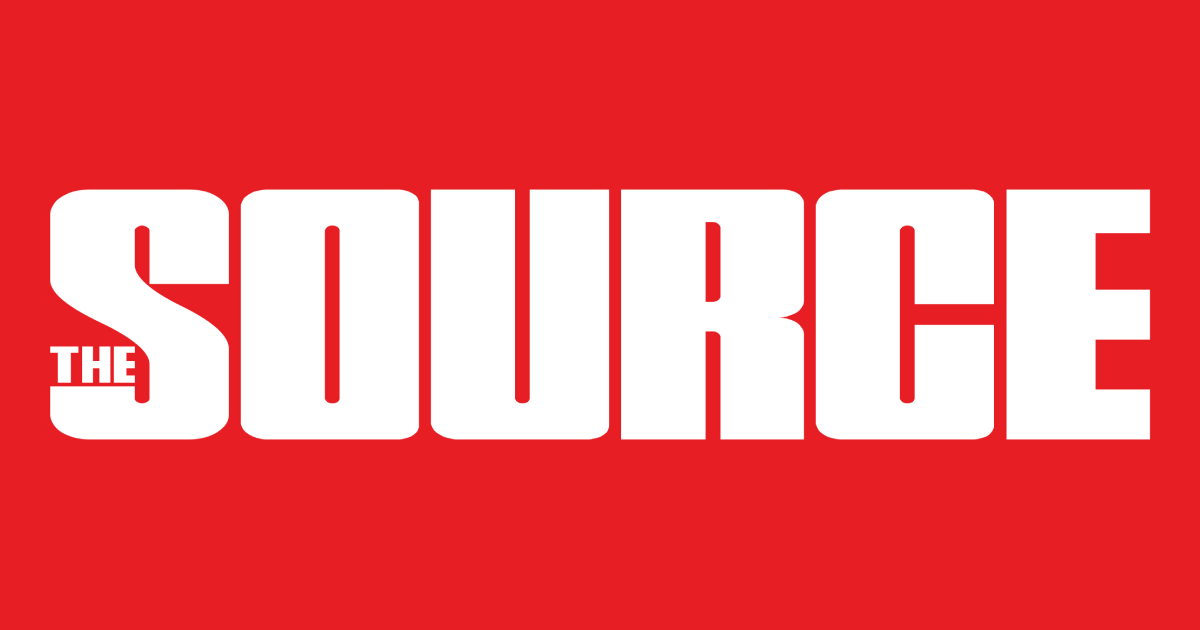
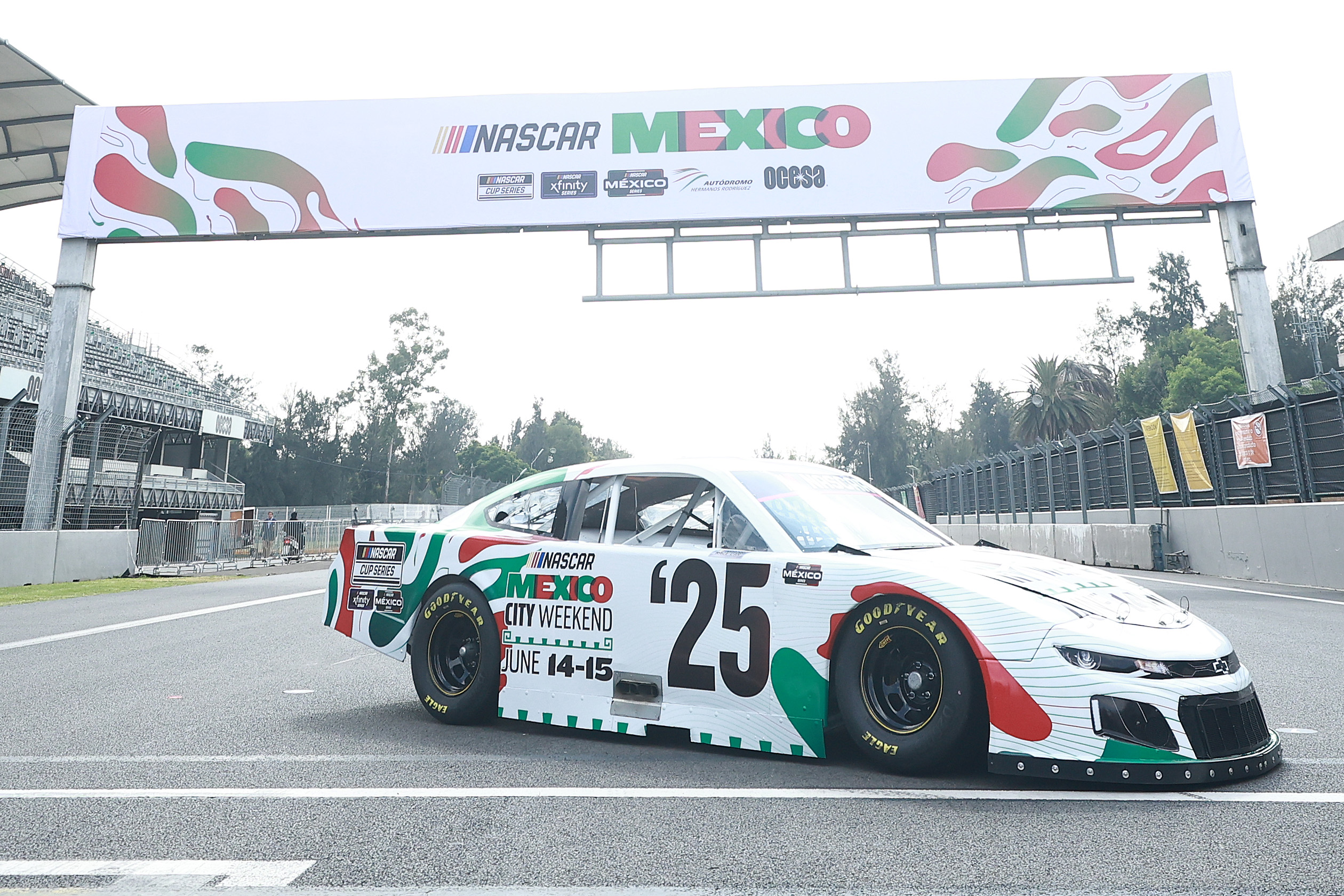
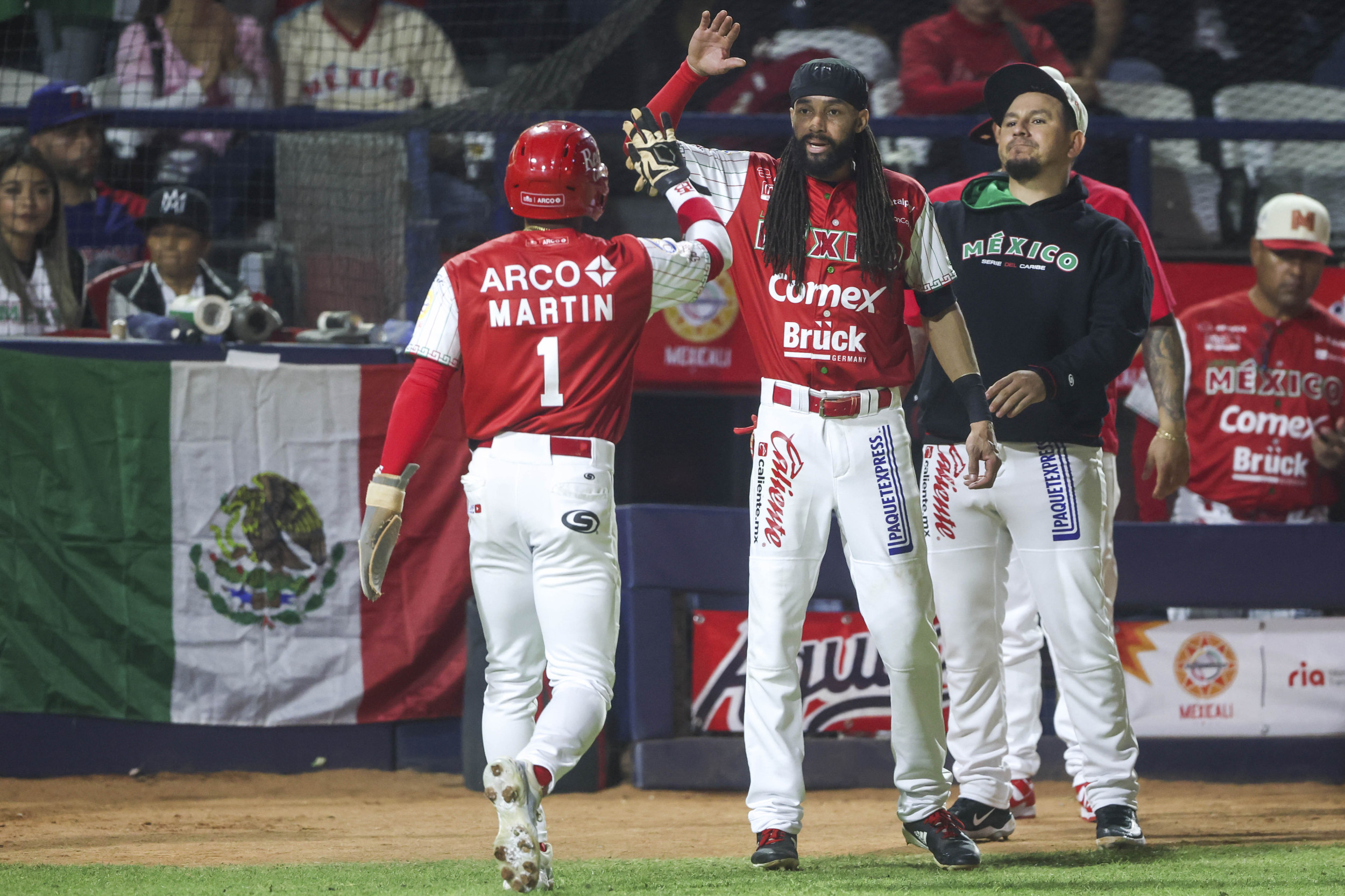
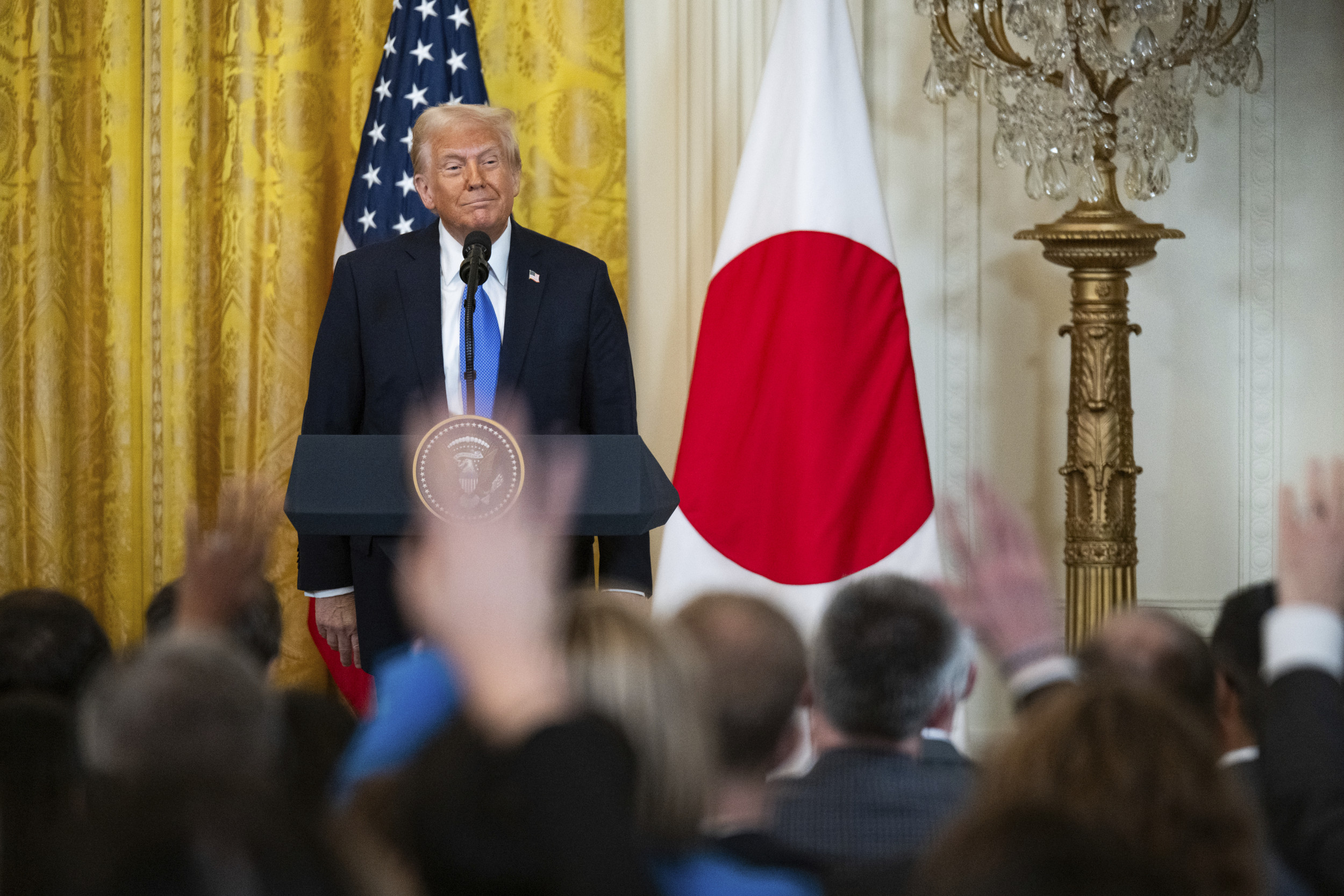
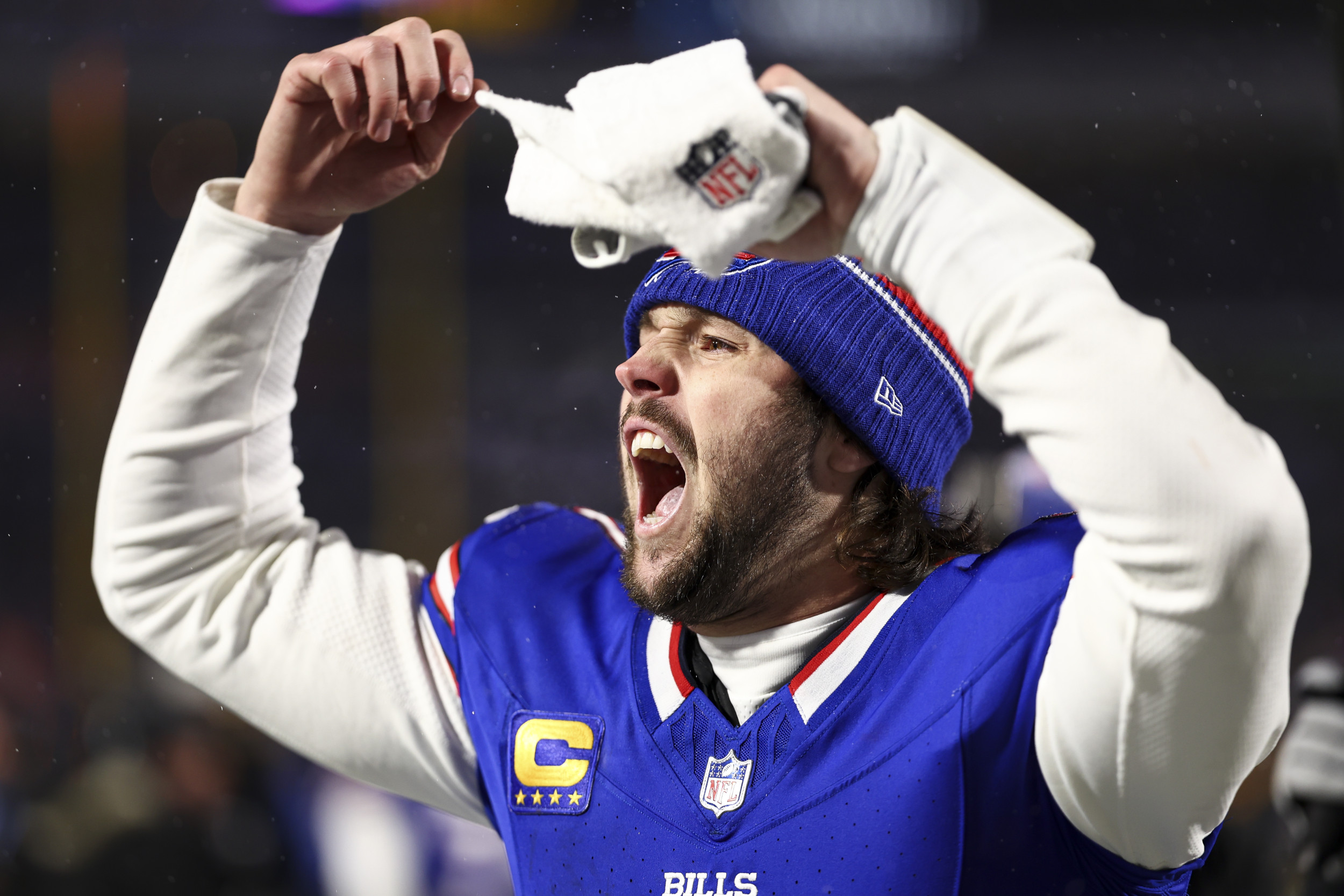
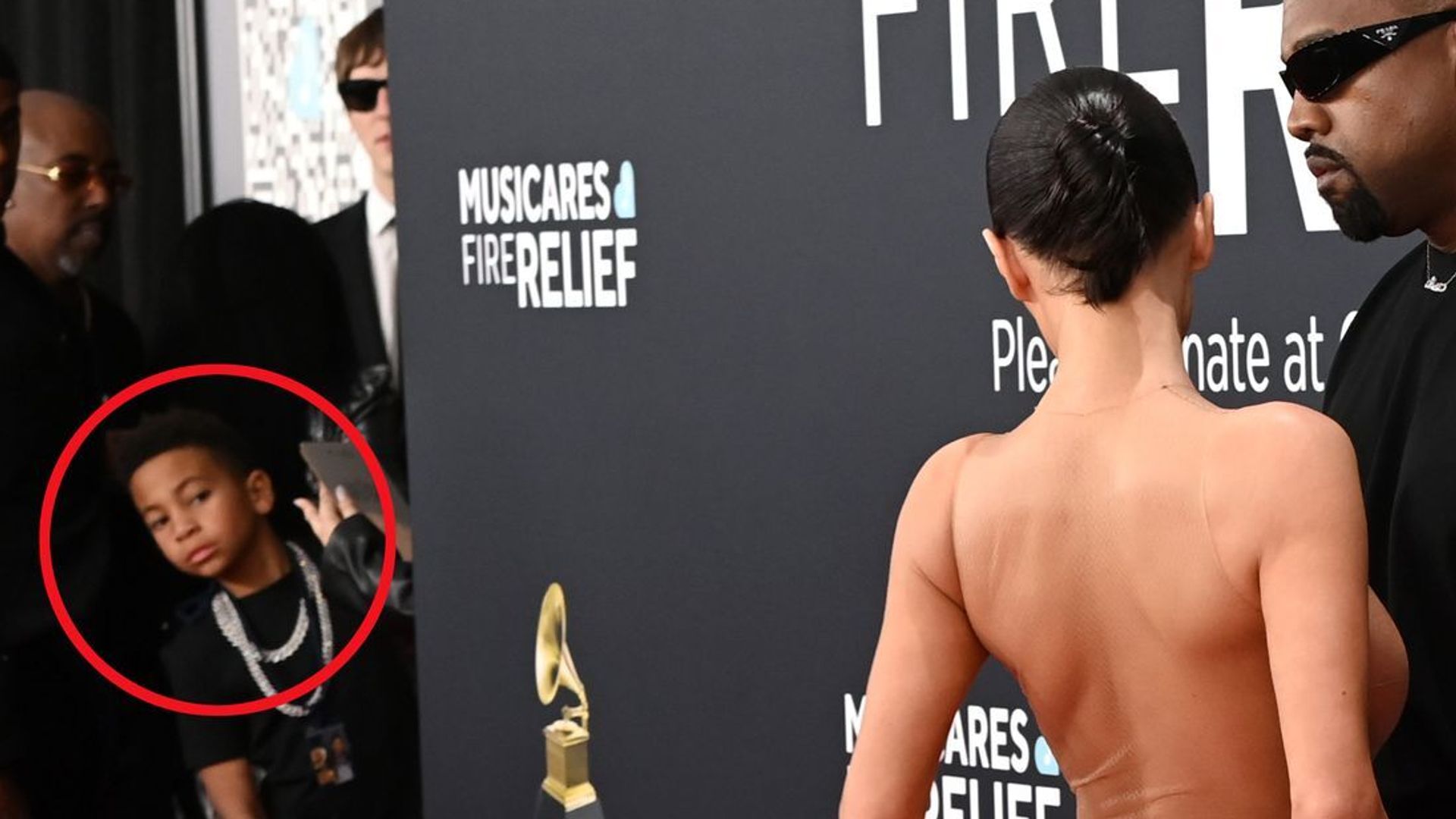)

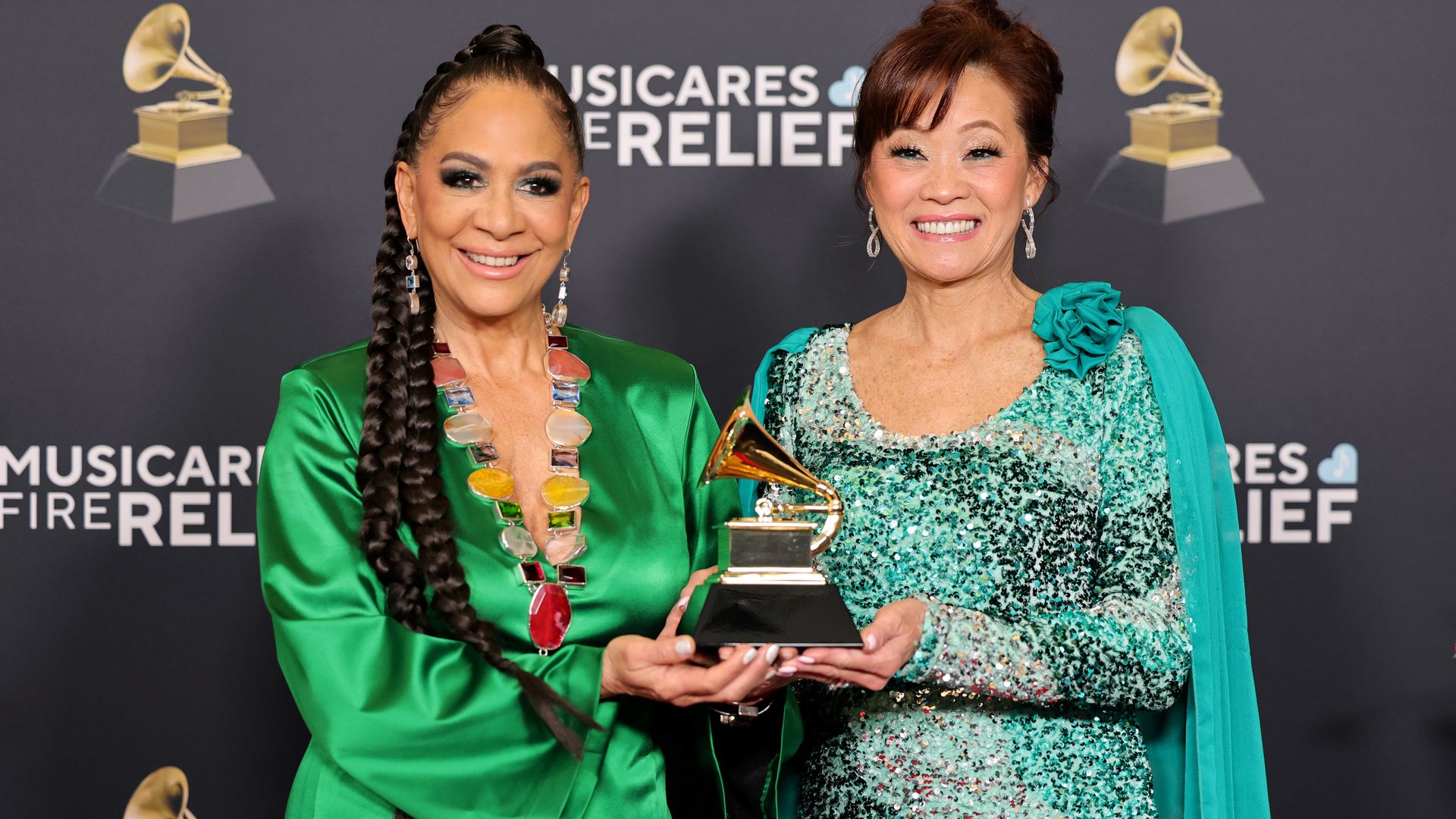)



)

 English (US) ·
English (US) ·